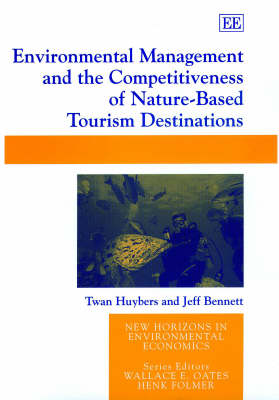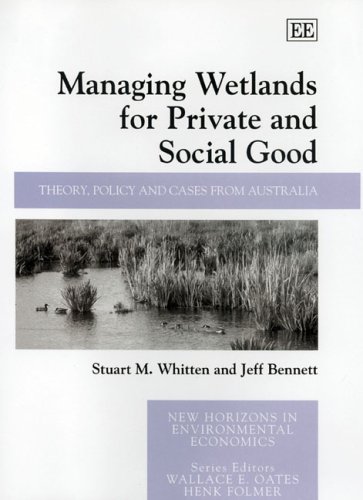New Horizons in Environmental Economics
2 total works
Environmental Management and the Competitiveness of Nature-Based Tourism Destinations
by Twan Huybers and Jeff Bennett
The authors estimate the demand side effects using discrete choice modelling to determine the impact of changing environmental conditions on the market share of a variety of tourist destinations. The costs of environmental management are also considered by analysing firm level data. The effects are then integrated using a model of the tourism market that is formulated around nature-based tourism regions. The results show that the competitiveness of a region is enhanced through its environmental management and highlight the importance of self-regulation in the industry when the environment is a common property resource. The authors also draw some insightful conclusions regarding business strategies that would aid the profitability of firms and regions supplying nature-based tourism products.
The conceptual foundations developed in the book are not restricted by national boundaries and the empirical analyses can be extended to other nature-based tourism destinations and to other relevant policy issues. As such, this book will have a broad appeal amongst environmentalists, scholars of tourism economics and management, and policymakers concerned with the regulation of the tourism industry and its effect on the environment.
Managing Wetlands for Private and Social Good
by Stuart M. Whitten and Jeff Bennett
The authors first address the welfare impacts of alternative wetland management strategies on the wider community. They then concentrate on privately owned wetlands in Australia and find that they generate substantial public benefits. Furthermore, they are able to identify cost-effective avenues to increase these benefits. The authors then turn their attention to the integration of policy costs in decision-making and the implications for wetland policy. They highlight the fact that policy development and implementation is a costly process and in some cases can even outweigh the net benefits available from increasing wetland production.
This important new book develops theory and policy for the provision of public goods from private land, and applies this to case studies of wetlands in Australia. It will be of great interest and practical value to environmental economists and policy makers working on the theory and application of economics to policy development. It will also appeal to environmental NGOs concerned about the effective production of environmental goods.

